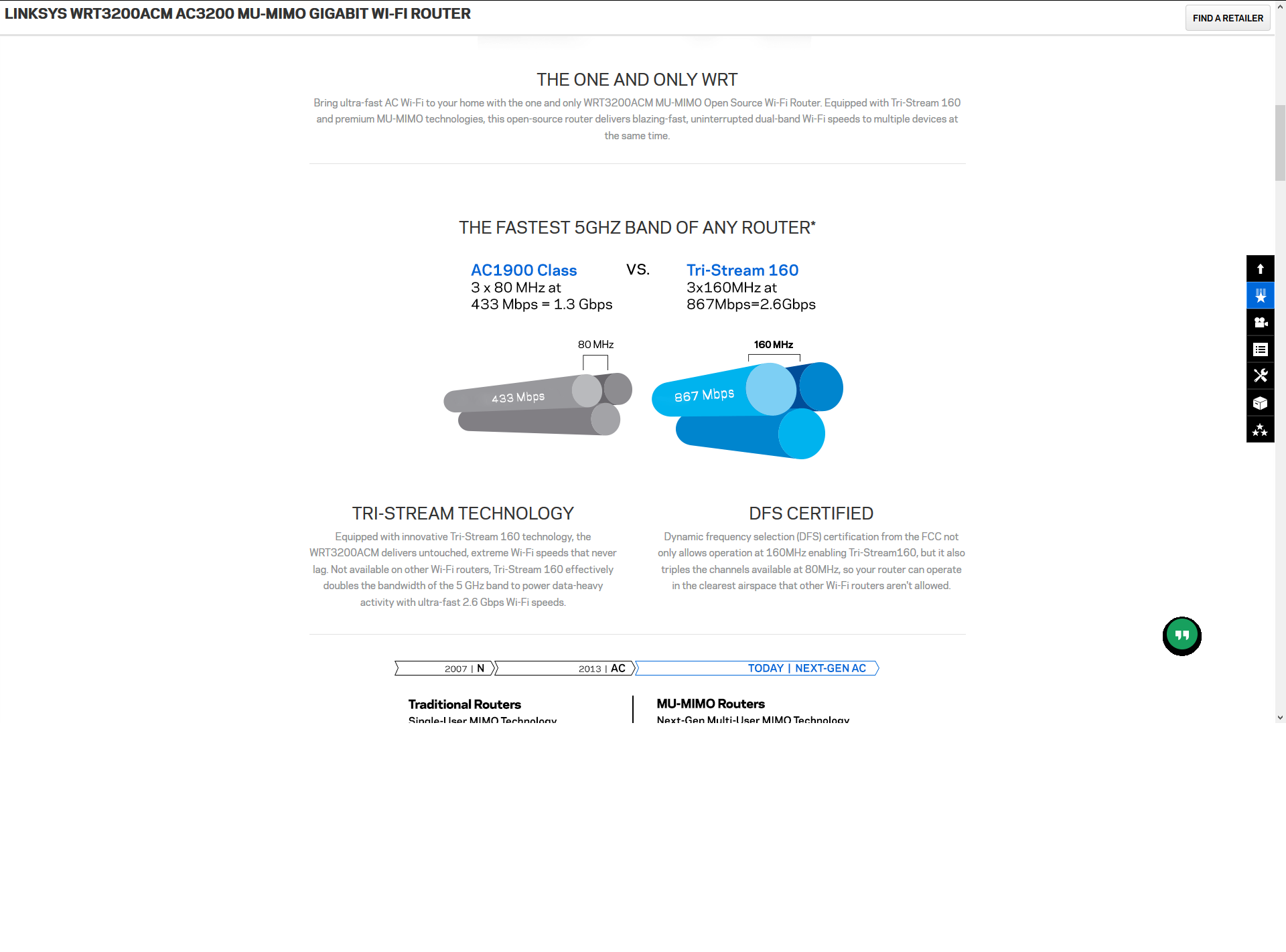
I believe the 160mhz works on AC band is this possible on 2.4ghz as well. As it is combining 2 x 80mhz.
As far i know. 2.4ghz only have upto 40mhz bandwidth.
Was the above misleading as i can see it is tri band router but the 5ghz is only 2 so it cant be tri stream 160mhz

